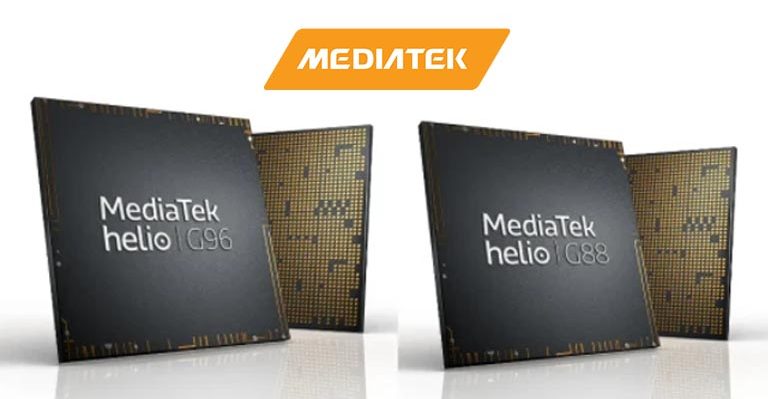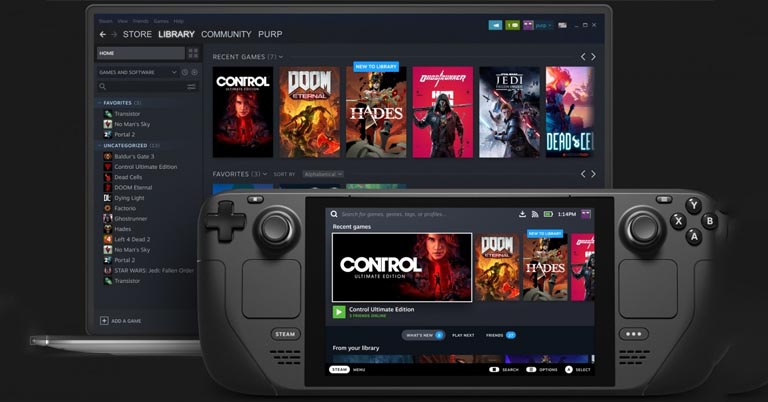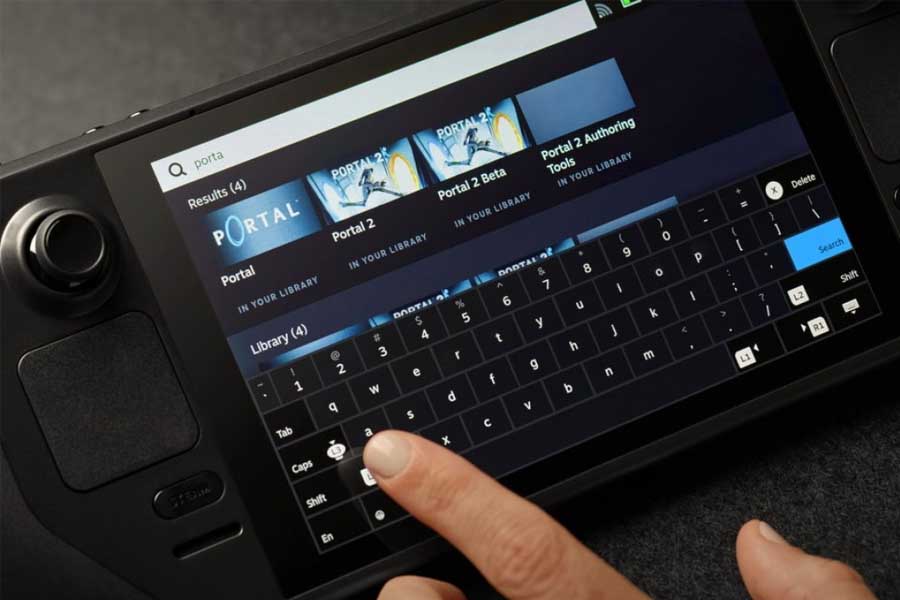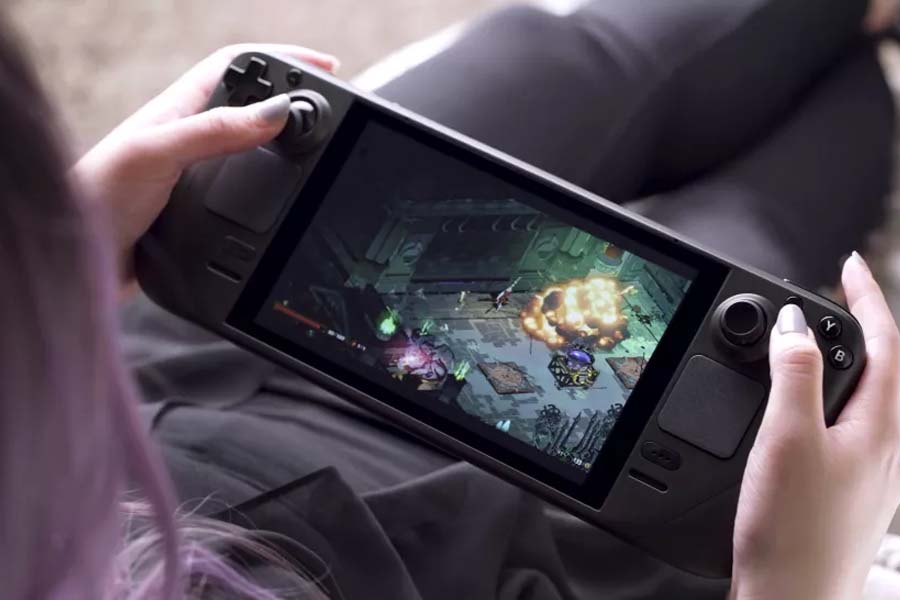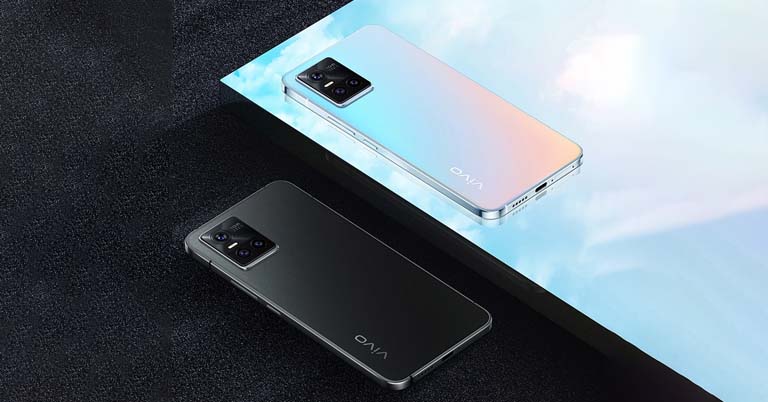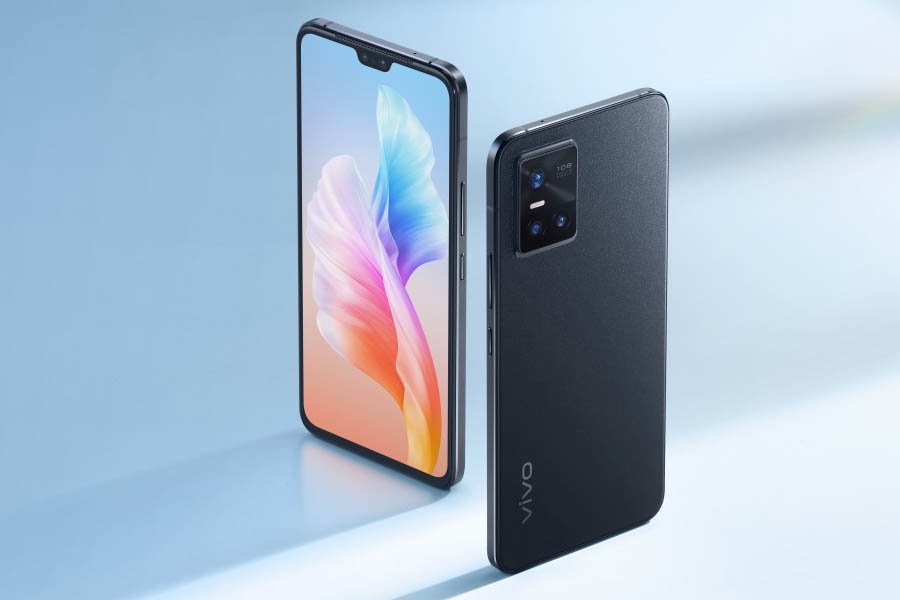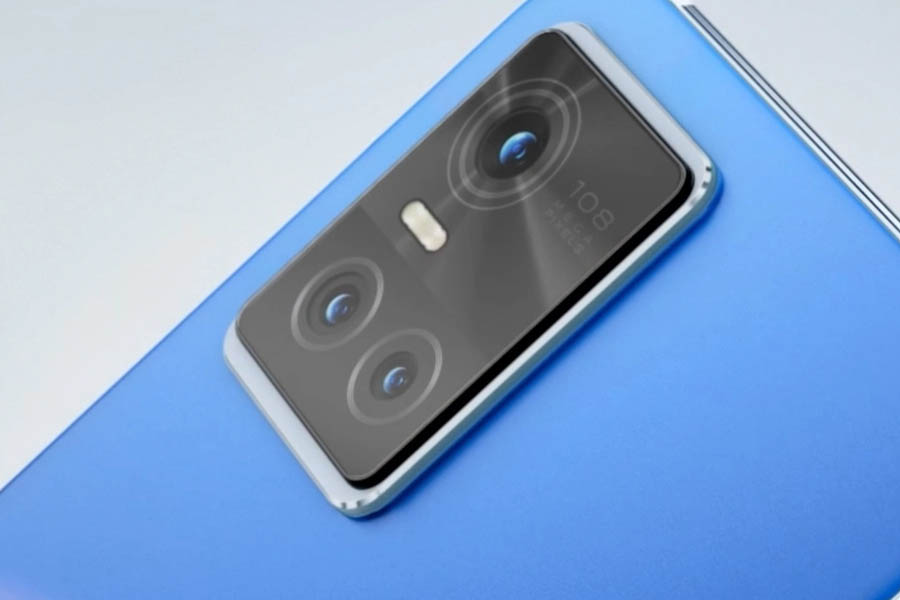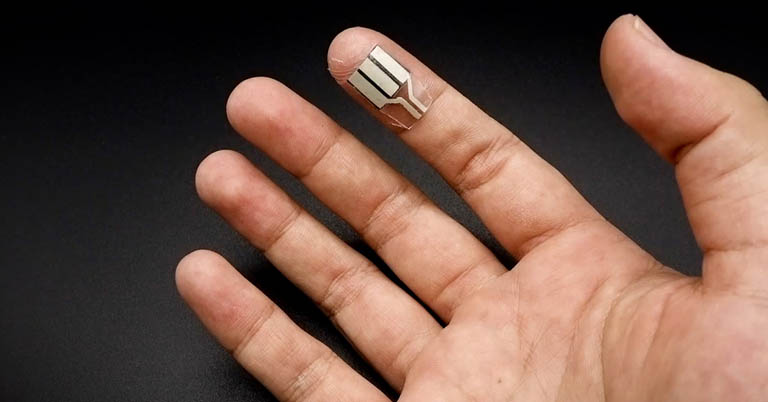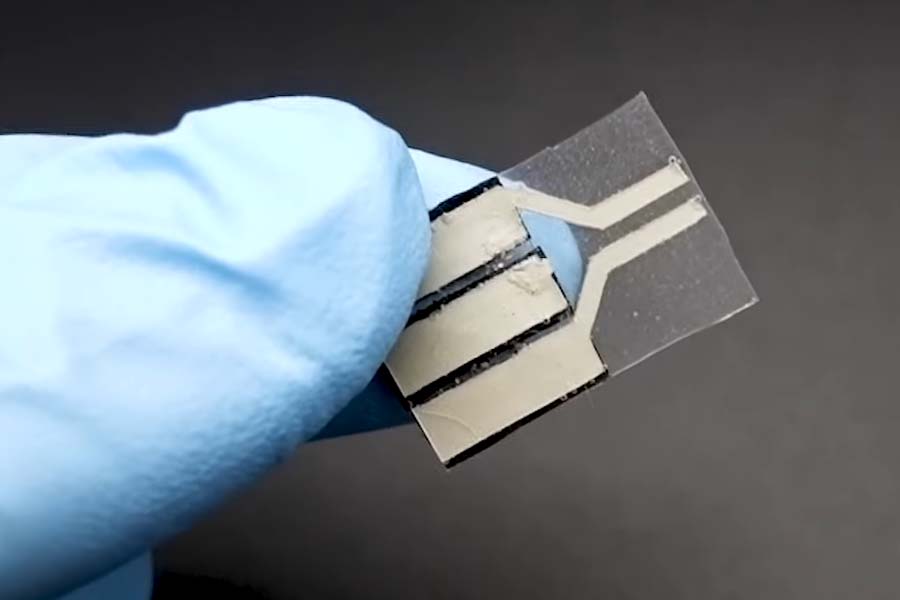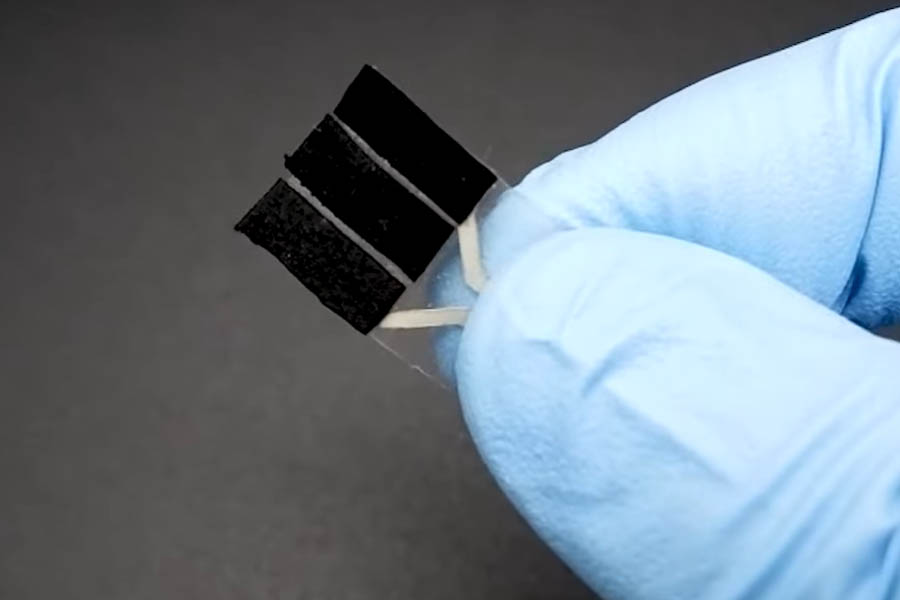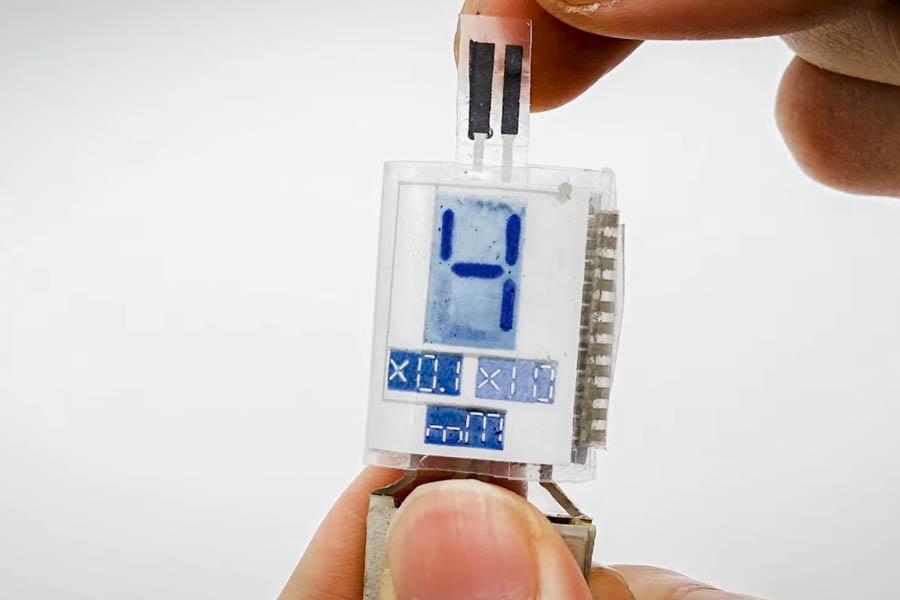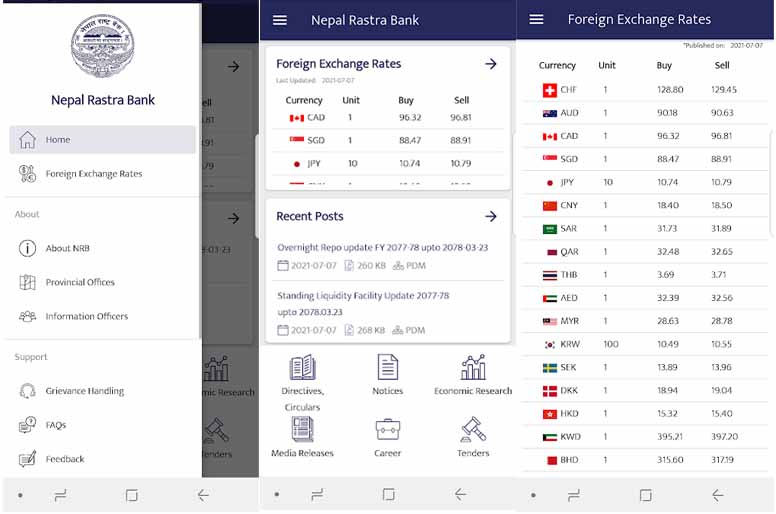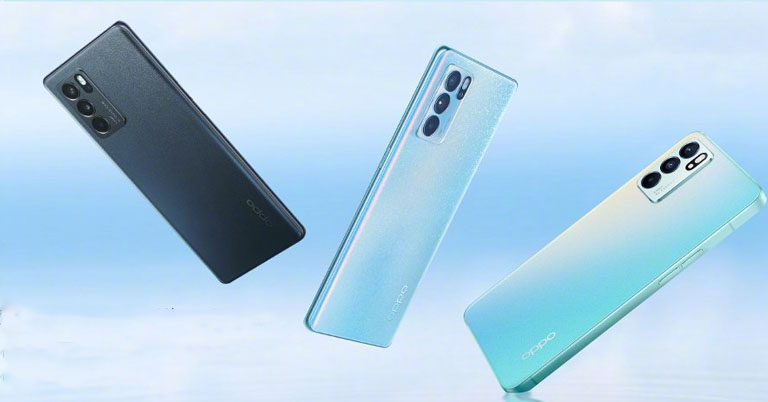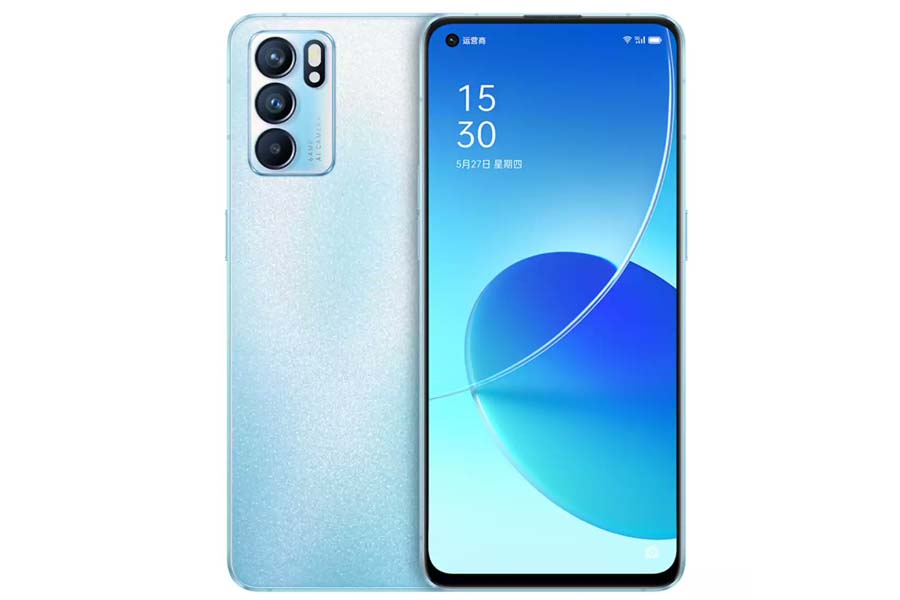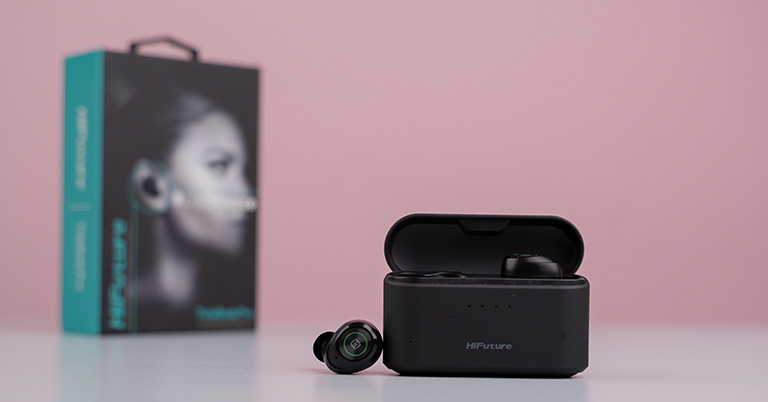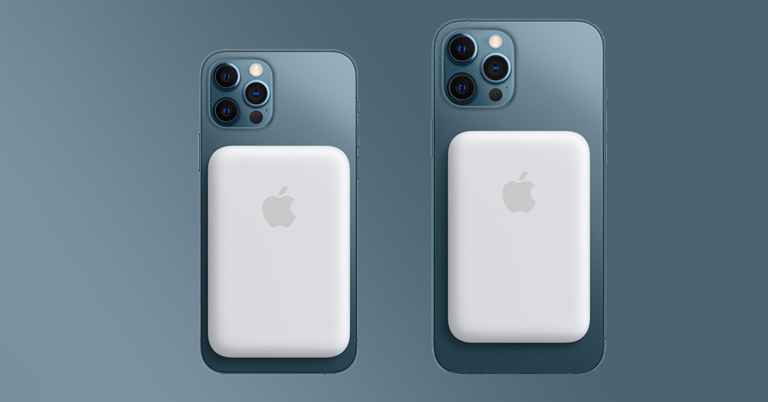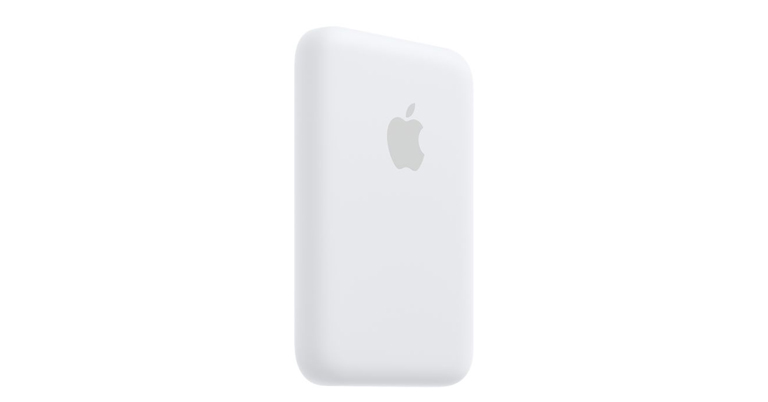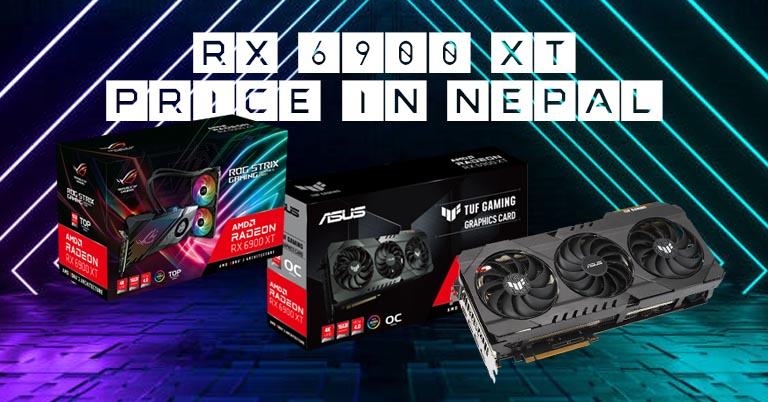Battery life is a major concern for anyone looking to buy a pair of budget wireless earbuds. Most of them only offer 3-4 hours of playback and 2-3 charge cycles with the carrying case. Thus, it was a big deal when HiFuture launched TidyBuds Pro in Nepal last year. Not only does it boast 8 hours of playback time on a single charge, but HiFuture also claims that its case can provide 96 hours of additional battery life with its massive 3000mAh case. After having used it for a couple of weeks, here’s our review of the HiFuture TidyBuds Pro.
HiFuture TidyBuds Pro TWS Specifications:
- Body: 7.5 x 2.5 x 4.5cm, 87 grams (case)
- Sound Driver: 6mm graphene drivers
- Chipset: Realtek 8763B
- Battery: 70mAh (earbuds), 3000mAh (case)
- Music Time:
- Earbuds: Up to 8 hours
- With case: Up to 96 hours
- Connectivity: Bluetooth 5.0
- Audio Codec: AAC, SBC
- Control: Touch
- Noise Cancellation: No
- Color options: Black, White
- Water resistance: IPX5 rating
- Companion app: No
- Extra: Case doubles as a power bank
- Price in Nepal: Rs. 4,999
HiFuture TidyBuds Pro Review:
Design and Build
- In-ear design, IPX5 certified
HiFuture TidyBuds Pro comes in an in-ear design that doesn’t stick out much from the ear. It’s made out of plastic, and the one I tested had a black finish. It is also available in a white color option.
Additionally, these earbuds are quite bulky, as they fit a 70mAh battery each. It has a tiny stalk that goes into the ear. You will find an eartip at its end, while HiFuture provides additional eartips in the box as well.
As for their comfort, these earbuds fit quite nicely to my ears. For a firm grip, put it in the ear and twist it a little until it conceals the ear canal. Like I mentioned earlier, TidyBuds Pro is comparatively heavier than other budget TWS earbuds I have tested so far.
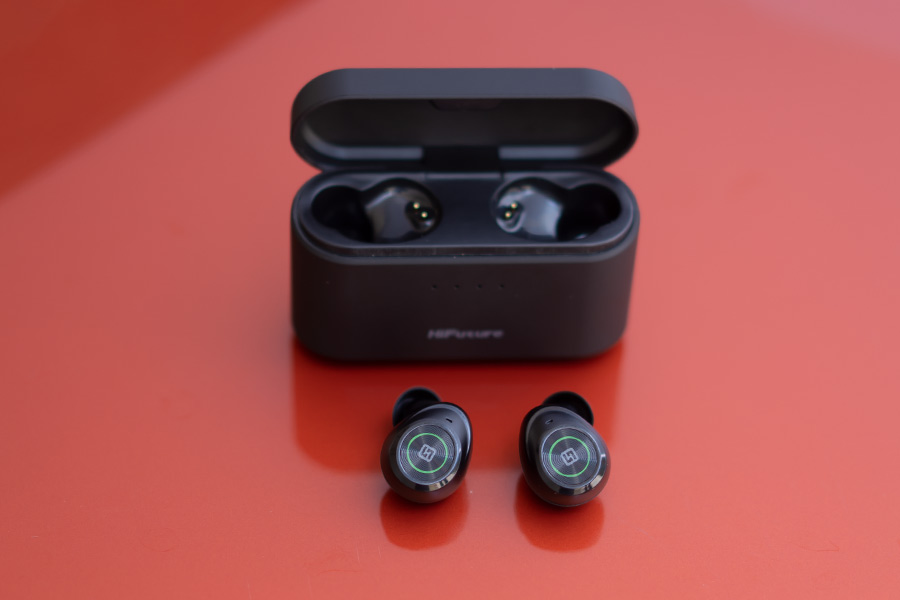
Regardless, the default eartips are small and not that great in terms of comfort. Thus, you would want to swap it with something bigger and more comfortable. Anyway, these earbuds are IPX5 rated and thus, can be worn during workouts. You need not worry about sweat damage here.
- Meanwhile, check out all the latest prices and specs of HiFuture earbuds here
Charging case
Because of its massive 3,000mAh battery, as expected, TidyBuds Pro’s charging case is quite large. You’ll also feel its weight when carrying it around in your pocket. It has an LED battery indicator on the front with a “HiFuture” branding just below it.
At the back, there is a USB Type-C and a Type-A port. The latter is a power-out connection so that you can charge your phone and other compatible gadgets via this case. Like the earbuds, it also has plastic construction. However, fingerprint marks and smudges are more prominent here.
Pairing
- Bluetooth 5.0 connectivity
These earbuds connect to your smartphone, tablet, or laptop via Bluetooth 5.0. You can even use one earbud at a time. Pairing it with your device is quite standard. Simply take the earbuds out of the case, turn on Bluetooth on your phone, and hit pair once it detects the TidyBuds Pro.
Throughout my usage, these earbuds maintained a strong connection no matter what device I connected them to. Yet, in a couple of instances, one of the earbuds would be subject to nearby interferences. That being said, it never disconnected.
Controls
- Touch sensor on either earbud
- Volume, playback control options
- No companion app for customization
HiFuture TidyBuds Pro feature touch-enabled controls. And thankfully, there is a lot you can do here. Like with other TWS earbuds, there’s the option to play/pause the music with a simple tap. In addition, you can adjust the volume with a double-tap while it lets you summon your phone’s voice assistant with a triple-tap.
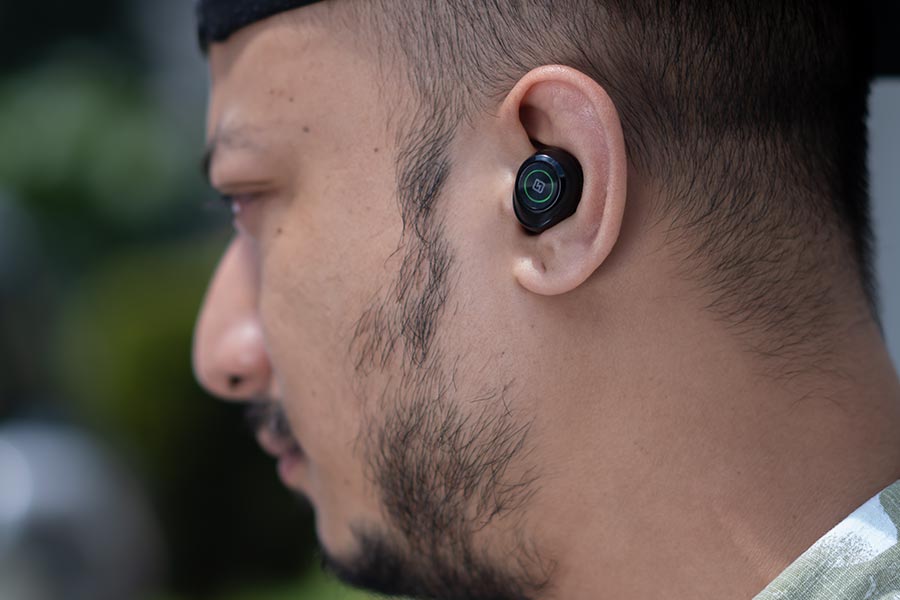
To change tracks, you’ll need to long-press on either earbud. Unfortunately, the controls are not that snappy. And most of the time, they won’t even recognize your touch. This made changing tracks so frustrating that I had to reach out to my phone most of the time.
Fair to say, I would have liked it more had the controls been customizable. Alas, this issue seems to be unfixable since TidyBuds Pro doesn’t sync with a companion app so that HiFuture may push an OTA update addressing it.
Audio, Call Quality
- 6mm graphene drivers
- Built-in microphones
While these earbuds don’t have active noise cancellation, their passive noise isolation is impressively competent at dampening most of the outside noise. It obviously doesn’t magically make the noise disappear but subdues it largely. You will need to achieve a pretty tight fit to achieve this though.
Coming to the actual sound quality, TidyBuds Pro will be more appealing to the bassheads. The bass is fairly deep and even overpowers the instruments and vocals at times. That was the case during the chorus of “all i know” by Machine Gun Kelly and Trippie Redd. The vocals are not downright awful but lack clarity.
Even in acoustic songs like Machine Gun Kelly’s “bloody valentine – Acoustic”, the audio output sounds muffled while the mids and highs aren’t clear enough to be enjoyed. Moving on, the call quality is not that great either. People on the receiving end often complained about the clarity of my voice.
Battery
- 70mAh (earbud), 3000mAh (case)
- 8/96 hours playback (earbuds/case)
Nevertheless, with its 70mAh battery, these earbuds lasted me over 5 hours on a single charge when listening to songs at over 80% volume most of the time. That’s quite impressive if you ask me. Additionally, I didn’t have to charge the case as frequently as I’ve had to with other TWS earbuds in the past either.
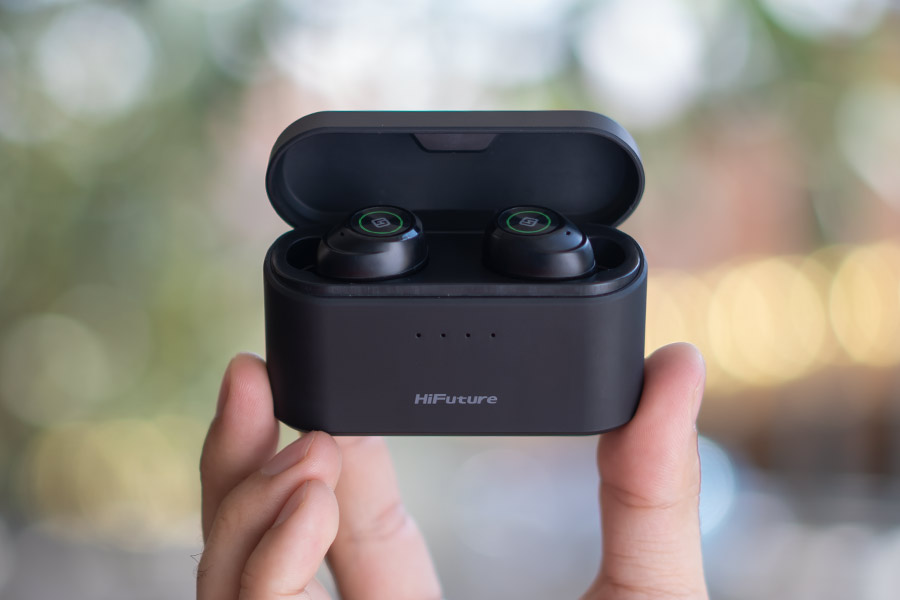
A full charge was enough to get me through the week. Here, the case juices up over a Type-C port while the entire process takes around 2 hours to complete. Its 3,000mAh capacity means you can even use it to charge other accessories including smartphones—through the aforementioned Type-A connection.
HiFuture TidyBuds Pro Review: Conclusion
To conclude, HiFuture TidyBuds Pro offers unmatchable battery life in the budget segment. There is practically no other TWS in the market whose carrying case can double as a mini-power bank. If you travel a lot, these could be the earbuds right for you.
On the other hand, its sound quality is just passable for the price. And if you are not that into bass, you’re better off looking at some alternatives like the OPPO Enco W11—while upping your budget by a little gets you the Realme Buds Air 2 Neo which is our current favorite pick for the best budget TWS earbuds.
Songs referenced in the HiFuture TidyBuds Pro review:
HiFuture TidyBuds Pro Review: Pros & Cons
Pros:
- Tight and comfortable fit
- Good passive noise isolation
- Bass-heavy sound signature
- Tremendous battery endurance
Cons:
- Default eartips aren’t that good
- Touch control is not snappy
- Highs and mids are overshadowed
- Call quality is pretty dismal


